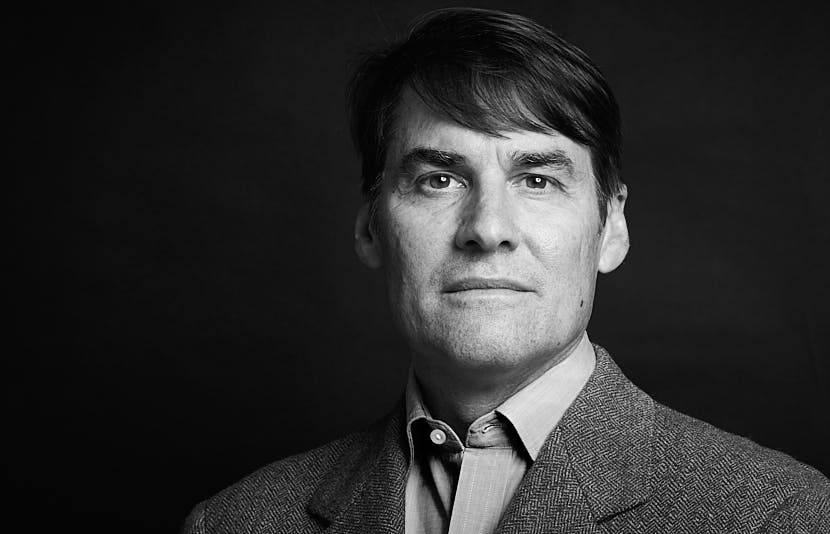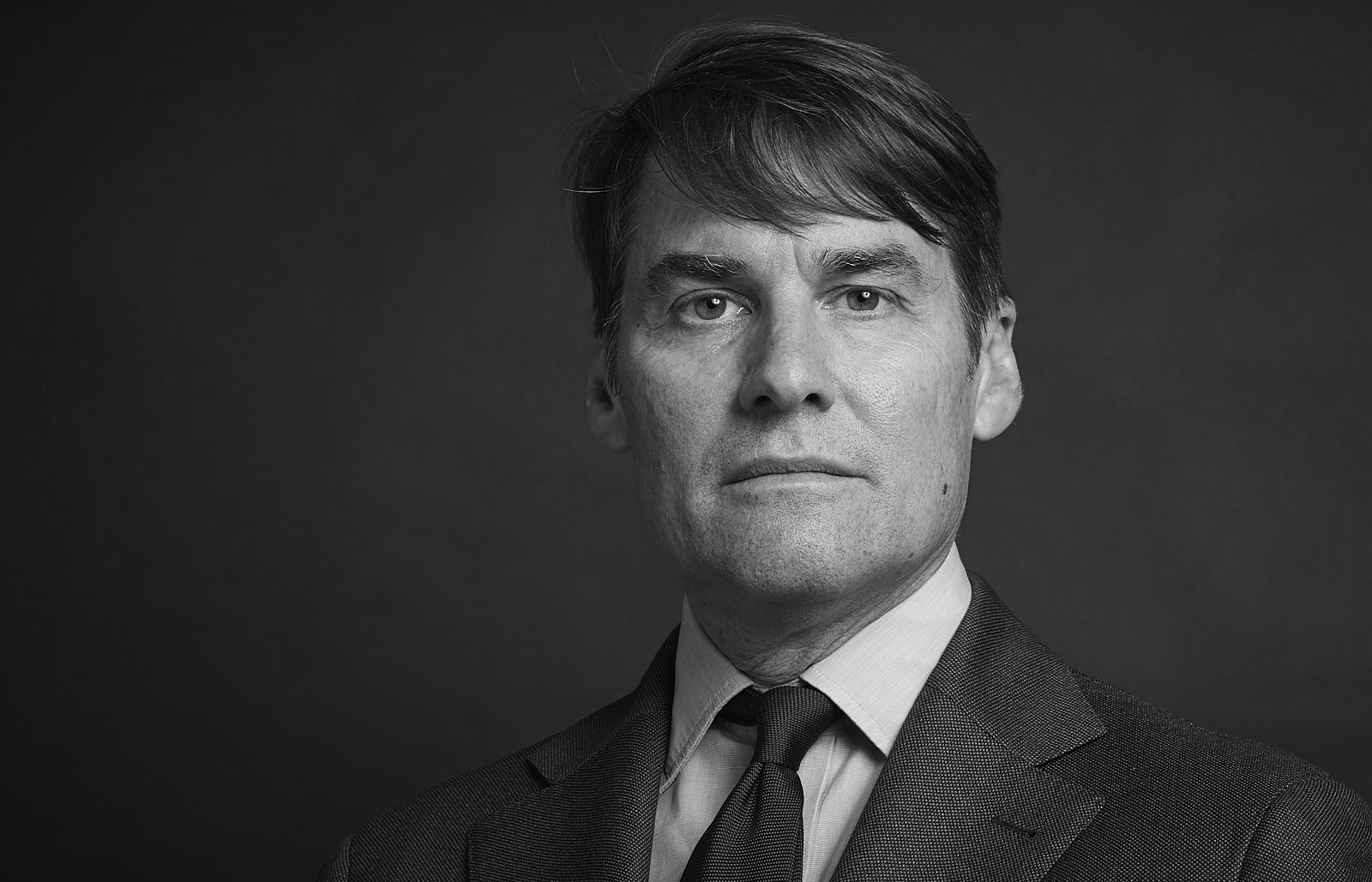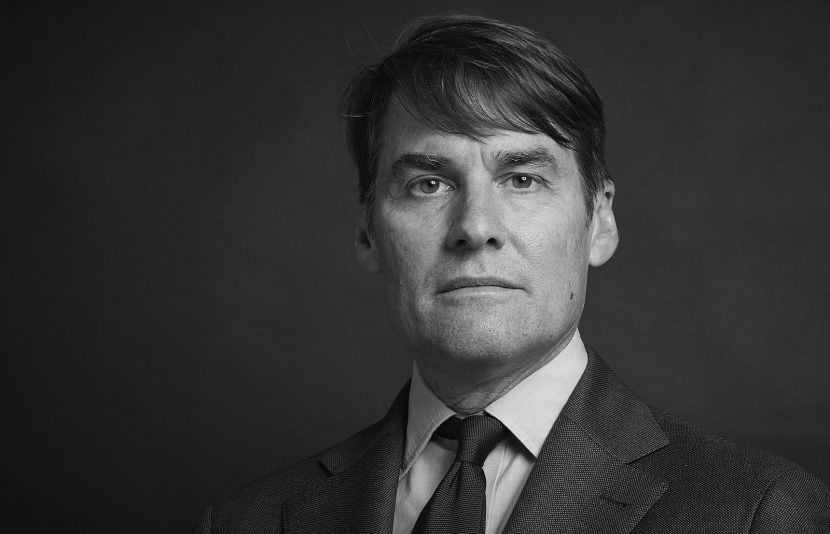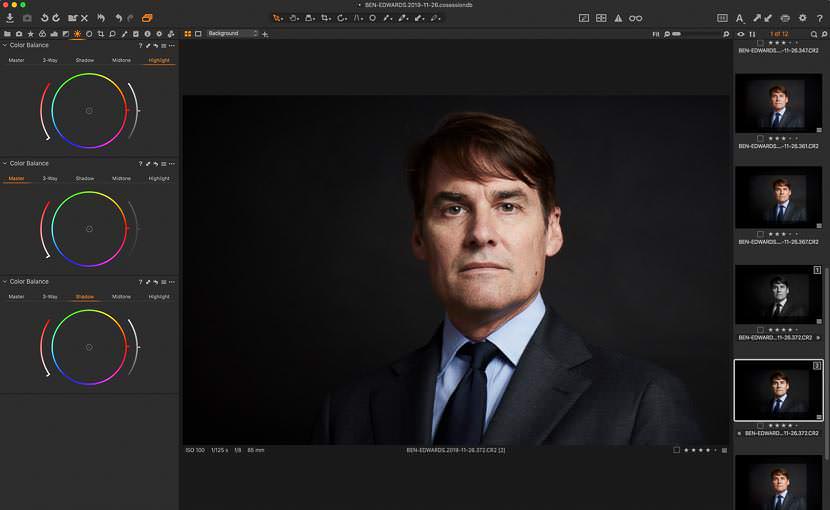The Magic Of Black & White
Whenever I create unique and exceptional portraits of people, I ask myself the same question:
Colour or B&W?
All Black-and-White Originates from Colour
Naturally, in digital photography, any capture always results in a colour image unless the photographer uses a dedicated grayscale digital camera. However, although fine artists occasionally use these specialised cameras, professional photographers who need the flexibility of creating their work in both colour and black and white rarely do so. Every RAW file taken by a conventional digital camera is an image that contains all the colour information available at the time of capture. The resulting image after the final retouch, however, can be both a colour or grayscale image.
It is sometimes difficult to decide whether a photograph has its strongest visual effect with or without the colour information kept in the image. For most times, this is merely an instinctive decision rather than one based on the circumstances. However, the intended usage of the image plays a vital role in the final process of image post-processing.
What’s the Intended Purpose
Most of the times, the direction image post processing will take, once the picture has been taken, depends on the intended purpose (online, intranet, annual reports, framed print) and the subject’s position in a given corporate or social hierarchy. Emphasising the strong ‘leadership traits’ of a subject who holds a senior-level position in a corporation often requires a different grading and retouch than creating a more ‘likeable’ image of someone who is part of the mid-level management. Such a more conventional image will probably appeal more to the ‘average’ viewer than a strong, high-contrast and personality-focused epic portrait.
Finding the Subject’s Photo-Personality
Once I know the purpose of the final image I direct the subject according to his or her personality. Unnatural posing is a no-go, but most subjects need some level of support to find their ‘photo-personality’. My support depends on the subject’s social and professional position, the intended purpose of the photograph and the subject’s personality, and it may vary significantly between different sessions or varying outfits during a session. In most scenarios, getting the subject to take a strong position with a posture that conveys powerful character, great self-confidence and a powerful will to lead is the fundamental purpose, and it always helps determine the ultimate look of the resulting image.
The Role of Background, Lighting and Retouch
Technicalities such as the character and quality of the studio lighting, the background colour, and whether facial features are being enhanced or diminished with the help of both lighting and post processing techniques, play a vital role in the overall image creating process. Turning a colour photograph into a grayscale image can remove distracting elements from the subject and push their personality into the foreground.
Wherever appropriate, my signature look dictates me to choose a relatively dark background and directional light, and to increase the overall contrast during post processing. Such backgrounds help to sculpt the subject more intentionally, and working with directional lights without fill lights allows for plenty of shadows necessary to introduce contrast into an image. The brighter the overall setting, namely background, clothing, and the absence of dark/unlit areas on the subject’s face and clothes) the fewer the options for creating a strong, visually appealing image that transmits confidence and stamina.
Sculpting Personality
A dark background allows me to work with the subject’s personality and to sculpt their traits into an impressive and epic portrait. This sculpting works best when little distracting information is available in the image, and colour can be one of these distracting elements. Eliminating all unnecessary distractions from the image allows the viewer to focus entirely on the subject’s character, creating an intense moment that allows a mental connection between viewer and subject This unconscious connection can yield in curiosity, empathy and trust.
Black & White is no Magic Pill
Removing colour from an image never is a magic pill for every purpose, but it can make a significant difference in how a subject is being perceived by a viewer and whether he or she can connect with such a viewer.
After all, the quality of such an interpersonal connection can be the most influential factor for both personal and professional progress.





Interesting Resources
Top 10 Tips for Black and White Photography and Portraits
by Rohan Arora

